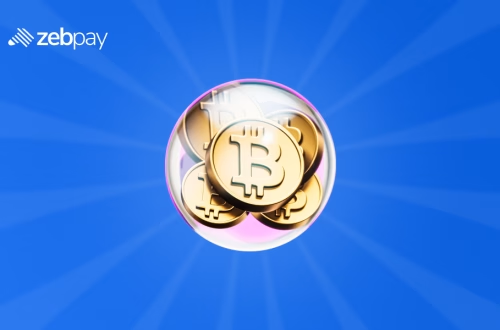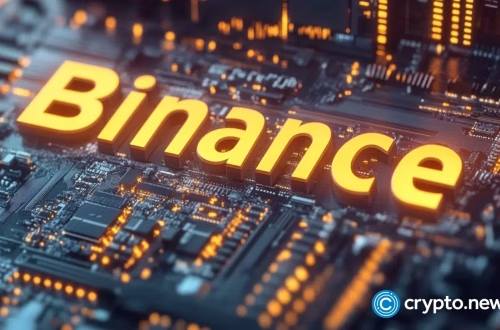best blockchain for gaming projects
Summary:
Choosing the optimal blockchain for gaming projects is critical for developers aiming to balance scalability, cost, and user experience. Blockchain gaming leverages decentralized technology to enable true digital ownership (via NFTs), play-to-earn mechanics, and provably fair systems. Leading chains for gaming include Ethereum Layer 2s (e.g., Polygon), Solana, Immutable X, and emerging ecosystems like Ronin or Avalanche. This article dissects technical trade-offs, economic models, and adoption trends to help novices navigate this rapidly evolving space. Understanding these factors ensures better project resilience, user engagement, and long-term viability.
What This Means for You:
- Lower Costs, Better Gaming Experiences: Gas fees can make or break blockchain games. Opting for Layer 2 blockchains like Polygon or Immutable X drastically reduces transaction costs compared to Ethereum mainnet, enabling frictionless microtransactions and smoother gameplay.
- Play-to-Earn Opportunities: Select chains with robust NFT standards (e.g., Solana’s Metaplex or EVM-compatible chains). This allows seamless integration of tradable in-game assets, letting players monetize their time and skills through secondary markets.
- Avoid Scams & Dead-Ends: Prioritize chains with established gaming ecosystems, such as Axie Infinity’s Ronin or Polygon’s Web3 gaming hub. Verify developer tools (SDKs) and audit smart contracts to mitigate risks like rug pulls.
- Future Outlook or Warning: Be wary of overhyped “gaming chains” lacking real adoption. Cross-chain interoperability (via protocols like LayerZero) is rising, minimizing vendor lock-in. However, regulatory scrutiny around NFTs and player payouts could reshape the landscape by 2025.
Explained: best blockchain for gaming projects
Why Blockchain Gaming Needs Specialized Chains
Traditional blockchains like Bitcoin or Ethereum 1.0 lack the throughput for real-time gaming interactions. Modern gaming projects require sub-second transaction finality, negligible fees, and scalable NFT infrastructure. Dedicated gaming blockchains address these via Layer 2 scaling, parallelized execution, or application-specific environments.
Top Blockchains for Gaming: Strengths & Weaknesses
Polygon (Ethereum Layer 2)
Strengths: EVM compatibility, low fees ($0.01–$0.10/tx), and access to Ethereum’s liquidity. Home to major titles like Sandbox and Zed Run.
Weaknesses: Centralized sequencer risks; dependent on Ethereum’s security.
Solana
Strengths: 65k TPS; ultra-low fees ($0.00025/tx). Used by Star Atlas and StepN.
Weaknesses: Frequent network outages; limited NFT tooling compared to EVM chains.
Immutable X (Ethereum ZK-Rollup)
Strengths: Gas-free minting/trading; carbon-neutral NFTs. Powers Gods Unchained and Guild of Guardians.
Weaknesses: Smaller ecosystem; steeper learning curve for non-EVM devs.
Ronin (Axie Infinity’s Sidechain)
Strengths: Customized for gaming economics; 1M+ daily active users.
Weaknesses: Centralized validator set; $600M bridge hack in 2022 raised security concerns.
Avalanche Subnets
Strengths: Customizable app-chains (e.g., DeFi Kingdoms); high throughput.
Weaknesses: Complex subnet setup for indie developers.
Key Technical Considerations
- NFT Standards: ERC-1155 (Ethereum) vs. Metaplex (Solana) vs. custom implementations.
- Consensus Mechanisms: Proof-of-Stake vs. Delegated Proof-of-Stake for faster finality.
- Interoperability: Cross-chain asset bridges (e.g., Wormhole) to unify fragmented liquidity.
Economic Models & Tokenomics
Successful gaming blockchains incentivize participation via:
- Dual-token systems (e.g., AXS and SLP in Axie Infinity).
- Staking rewards for validators or asset holders.
- Protocol-owned liquidity (e.g., TreasureDAO on Arbitrum).
Limitations & Risks
- Regulatory uncertainty around “play-to-earn” labor laws.
- Smart contract vulnerabilities (e.g., NFT reentrancy attacks).
- User onboarding friction (custodial wallets, seed phrases).
People Also Ask About:
- Which blockchain is cheapest for gaming NFTs?
Polygon and Solana offer the lowest minting/trading fees (under $0.10), while Immutable X eliminates gas costs entirely via zk-rollups. Avoid Ethereum mainnet for high-frequency interactions. - Can I move my NFTs between gaming blockchains?
Yes, via cross-chain bridges like LayerZero or Portal. However, composability issues may arise if the destination chain doesn’t support the NFT’s metadata standard. - Is Proof-of-Stake better than Proof-of-Work for games?
PoS chains (Polygon, Avalanche) are ideal for gaming due to energy efficiency and faster transactions. PoW chains like Ethereum 1.0 face scalability limits but offer higher security decentralization. - What’s the most secure blockchain for AAA games?
Immutable X leverages Ethereum’s battle-tested security as a Layer 2, while Oasys (a Japan-focused chain) employs a hybrid PoS design with validator roles for Sega and Bandai Namco.
Expert Opinion:
Blockchain gaming will thrive on modular architectures separating execution, consensus, and data availability layers. Prioritize chains integrating AI-driven NPCs or VR compatibility. Always audit smart contracts with firms like Certik, and avoid chains where >30% of tokens are held by insiders. Regulatory clarity in 2024-25 may favor chains complying with MiCA (EU) or SEC frameworks.
Extra Information:
- Immutable X Developer Documentation: Guides for building gas-free games using StarkEx zk-rollups.
- CoinMarketCap Gaming Tokens: Tracks top gaming cryptos by chain, market cap, and ecosystem activity.
- Polygon Gaming Solutions: SDKs, grant programs, and case studies for game developers.
Related Key Terms:
- Ethereum Layer 2 gaming solutions
- Best low-fee NFT blockchain for Unity games
- Solana vs Polygon for indie game developers
- Play-to-earn crypto projects on Immutable X
- Top Avalanche subnet games 2024
#blockchain #gaming #projects
*Featured image provided by Pixabay




